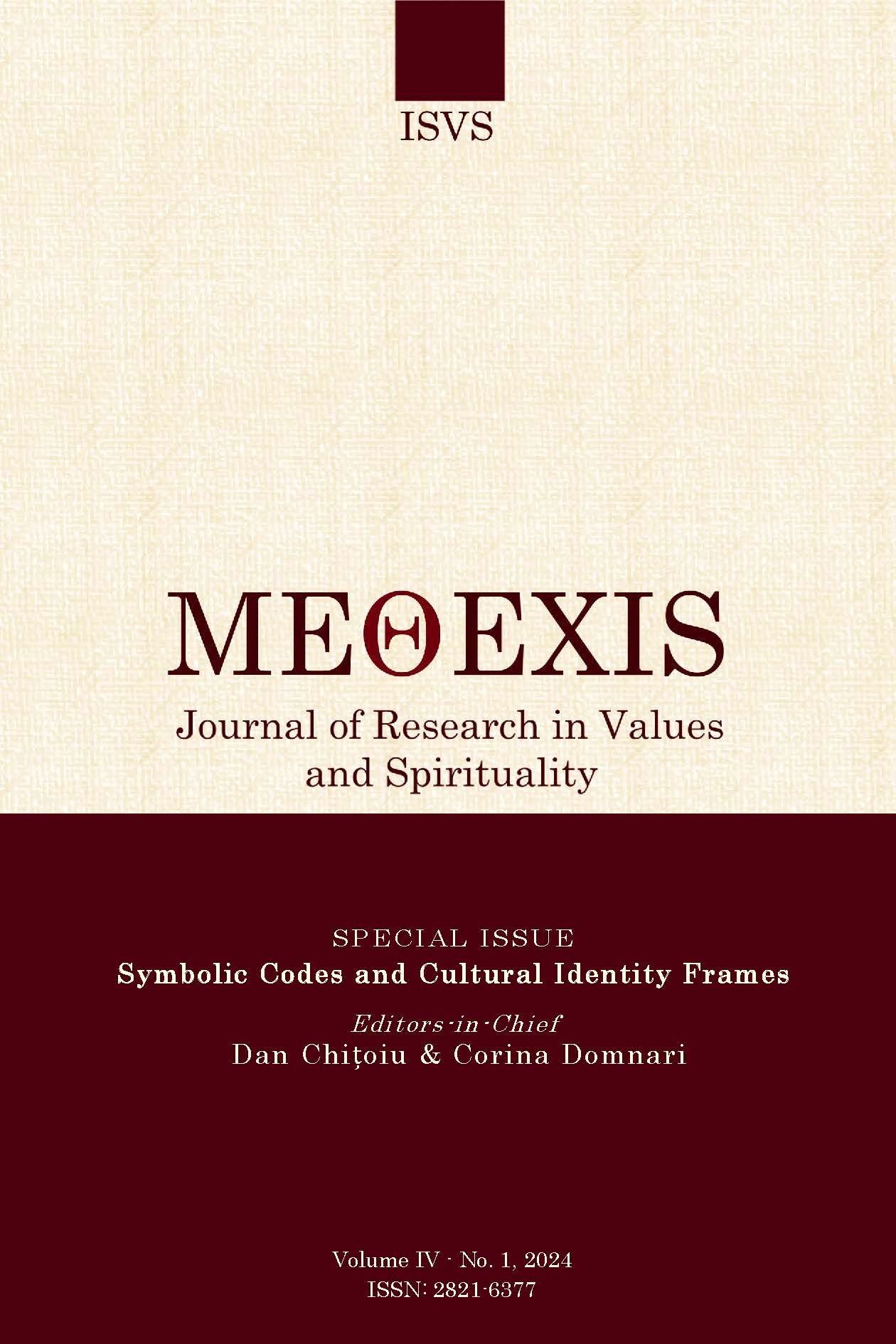Notes on the origins and symbology of the conical dome in Armenian church architecture
Notes on the origins and symbology of the conical dome in Armenian church architecture
Author(s): Avedis HadjianSubject(s): Aesthetics
Published by: Institute for the Study of Values and Spirituality
Keywords: Armenian Church; conical dome; Toramanyan; church; Armenia;
Summary/Abstract: Soon after Armenia became the first state to adopt Christianity in 301, its architects developed a new sacral architecture to accommodate the liturgical requirements of the new faith, with a liturgy that made larger indoor spaces necessary, unlike the pagan temples, which essentially functioned as repositories of the sculptures of gods. In medieval Armenian church architecture, the most characteristically outstanding feature became the conical dome. There is uncertainty about the origins of the dome, which Armenian architecture historian Toros Toramanyan traces back to Persian architecture. In the early literature, we find an indistinct use of khoran (canopy) and gmbet (dome) in early literature. While the terminological ambiguity may be confusing, the semiotics are the same: the church, a meeting place of the faithful, is a symbol of the kingdom of heaven. This is represented by the dome, the absence of which by the 6th-7th centuries had become almost inconceivable in Armenian church architecture. Toramanyan has indicated that the conical dome represents the summit of Mt. Ararat, later also mimicked by the cowl (veghar) worn since at least the 11th century by the celibate priests of the Armenian Apostolic Church, yet there is no evidence to corroborate this hypothesis. As Armenian studies scholar Robert S.Thomson has noted, ancient Armenian authors did not dwellmuch on the symbology of art and architecture other thangeneralities.
Journal: MEΘEXIS Journal of Research in Values and Spirituality
- Issue Year: IV/2024
- Issue No: 1
- Page Range: 43-57
- Page Count: 15
- Language: English

